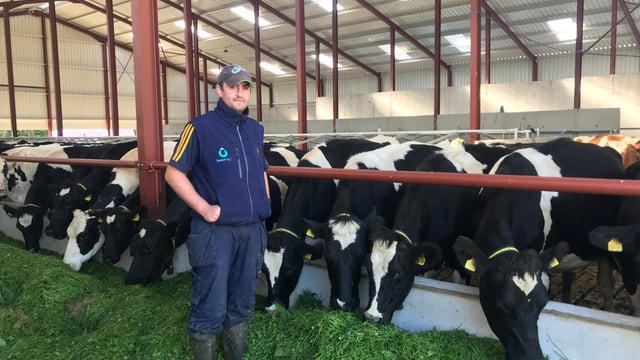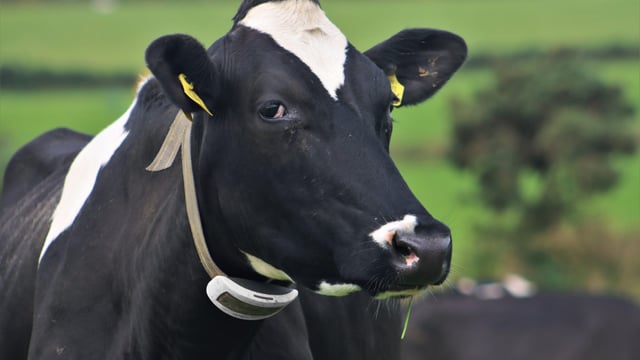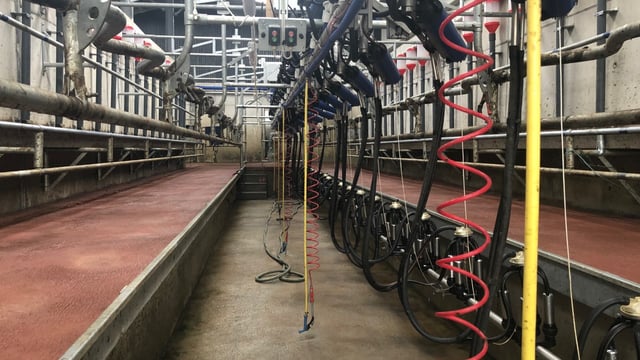How often should fertiliser plans be updated on tillage farms?
Teagasc is making it clear that tillage farmers should update their fertiliser plans regularly.
This is in light of the anticipated push by growers to use more organic manures within their businesses during 2021/22.
Johnstown Castle-based soil specialist Mark Plunkett has stressed the need for tillage farmers to amend their fertiliser plans, before receiving any loads of manure over the coming weeks.
He said: “Autumn is a time of year when tillage farmers will bring in significant quantities of organic manures.
“Specific application rates on a 'per field basis' must be confirmed. These must be in line with the nitrogen and phosphate allowances for the farm," he added.
“All requisite paperwork involving the supplier of the organic manure and the recipient must also be filled in.”
Fertiliser and slurry application
Where slurry application is concerned, Plunkett confirmed that band spreaders and trailing shoe technologies are now more readily available.
He said: “The use of such systems will reduce the loss of nitrogen at time of application. We recommend that all high nitrogen organic manures, including pig slurry and poultry litter, should be ploughed in within three hours of their spreading on to land.
“All slurries and manures should be tested so as to accurately determine their full nutrient content," he continued.
Nutrient requirement on tillage farms
Just as is the case with chemical fertilisers, organic manures should be spread on crops in line with plants’ actual nutrient requirement.
“Manures must be used as efficiently as possible,” Plunkett explained.
“Slurries and manures should also be targeted to low index fields. These areas of the farm have the biggest demand for P (Phosphorus) and K (Potassium).
“This approach represents a great way of building fertility in these fields as well.
“This is something that I particularly like about the new spreading technologies - they guarantee a very even application of slurry."
Plunkett explained that this guarantees a very even distribution of plant nutrients across the spread width adding that slurry must be well agitated prior to spreading.
“Another advantage of an even spread of nutrients is the reduced incidence of lodging prior to harvest," he concluded.











